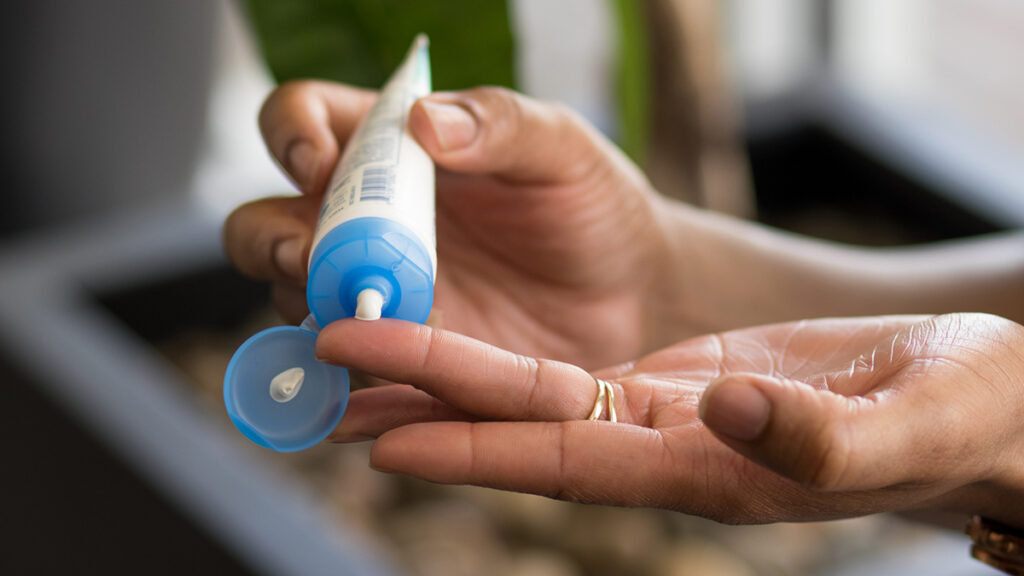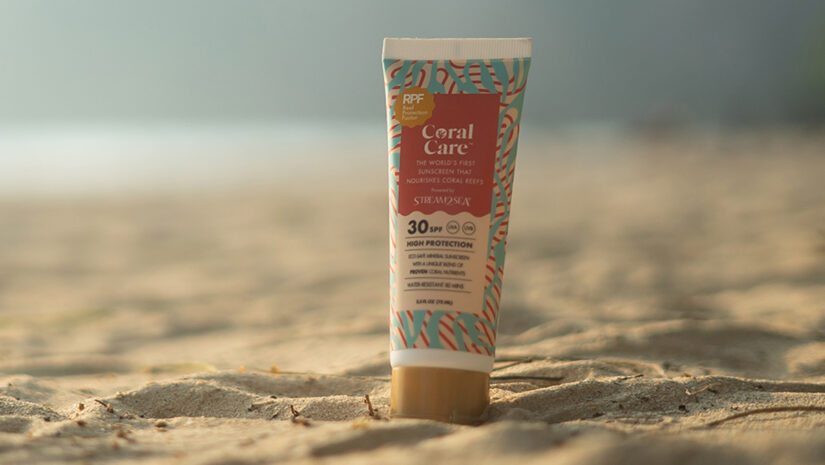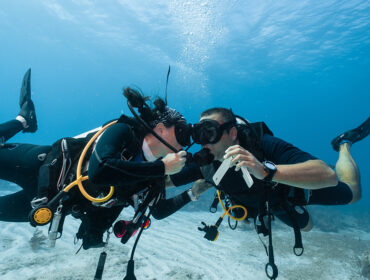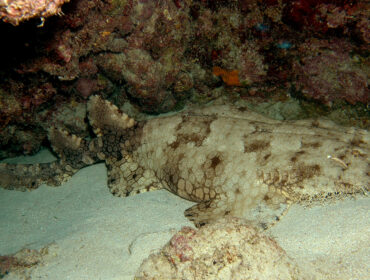The first time that I was ever exposed to the concept of eco-sunscreen was during a trip to the Galapagos Islands almost fifteen years ago. We were instructed not to bring or use conventional sunscreens during our stay. This was due to their negative impact on the environment generally and the delicate Galapagos ecosystems specifically. Until then, I hadn’t thought much about how the sunscreen products that we slather ourselves with interact with nature. It makes sense that it would. After all, we have to apply it multiple times a day because it wears off. It just may never have crossed your mind to ask where it goes once it wears off and what it does once it gets there. As it turns out, not unexpectedly, the answers aren’t good.
The Ecological Impact of Traditional Sunscreen
Traditional sunscreens, made with chemical ingredients, are not kind to our environment. This is particularly true and important for the aquatic locations that we often visit during the summer months. There are a number of chemicals used in traditional sunscreens, such as:
- Oxybenzone,
- Benzophenone-1,
- Benzophenone-8,
- OD-PABA,
- 4-Methylbenzylidene camphor,
- 3-Benzylidene camphor,
- nano-Titanium dioxide,
- nano-Zinc oxide, and
- Octinoxate, Octocrylene.
Studies have shown that these chemicals adversely affect marine life. They have been proven to cause coral bleaching as well as harm mussels, sea urchins, fish, and dolphins. These are just the effects that we know so far.

What is ecological sunscreen?
All sunscreen products are designed to filter out ultraviolet radiation from the sun before it reaches your skin. Ecological sunscreens, often referred to as “reef-safe” or “reef-friendly,” are usually made with minerals or biodegradable ingredients that are considered safe for the environment. Before you hit the waves or go for a dive, consider investing in ecological sunscreen that will protect your skin without harming our oceans, seas, and other waters.
Why switch to eco-sunscreen?
By using eco-sunscreen, we reduce the amount of these harmful chemicals entering our waters without degrading the UV protection that sunscreens provide.
Planning a trip to Hawaii or Key West? Leave your traditional sunscreen at home
Hawaii is the first U.S. state to outright ban the sale of chemical sunscreens. They’re not alone. Key West, Florida, has also banned traditional sunscreen products. As we learn more about the harmful effects of these chemicals and grapple with all the threats to our waters, it becomes more and more important to do what we can to minimize our impact. Municipalities and governments are also reacting.
Choosing the right eco-sunscreen
Unfortunately, finding the right eco-sunscreen is not as easy as it might seem. You can’t rely on seeing terms like “eco-friendly,” “reef-friendly,” or “reef-safe” on product packaging to guide you. There is no organization or governing body that sets standards for the use of these terms, and the FDA does not regulate their usage. Instead, check out the ingredients on the packaging to confirm that the sunscreen product is actually ecologically responsible.
Things to look for in eco-sunscreens
Here are some guidelines for what to look for when choosing an eco-sunscreen:
- “non-nano” mineral ingredients: mineral ingredients, such as zinc oxide, have not been found to be harmful, but make sure the ingredient is labeled as “non-nano”; this indicates that the particle size of the mineral isn’t small enough to be ingested or absorbed by coral;
- biodegradable ingredients: in addition to minerals, look for natural ingredients and avoid chemicals.
- paraben-free: these preservatives cause harm not only to the environment but, potentially, to us as well, so look for “paraben-free” labeling or look to avoid parabens (Butylparaben) in the ingredients list;
- avoid titanium dioxide: it reacts in warm water and is not biodegradable;
- avoid mineral oil (aka petrolatum): it’s harmful and only biodegrades very slowly;
- Lotion instead of spray: look for rub-on style sunscreens; aerosols send particles into the air, which will send them directly into the water or onto surfaces like sand, from which they will quickly wash into the water.

COSMOS Certification
While there isn’t yet a reliable label or standard for eco-sunscreens, certifications such as COSMOS (COSMetic Organic and Natural Standard) can help inform your sunscreen decision process. COSMOS certification guarantees:
- environmentally friendly production and processing processes;
- development and use of environmentally friendly chemicals;
- responsible use of natural resources;
- respect for biodiversity;
- absence of petrochemicals, parabens, phenoxyethanol, perfumes, and synthetic colorants;
- absence of GMO, and;
- recyclable packaging.
While having a certification, such as COSMOS, isn’t a guarantee, sunscreens that are COSMOS certified are less likely to contain harmful ingredients than others.
Stream2Sea Coral Care
In addition to a line of ecological sunscreen products, Stream2Sea has introduced Coral Care. This sunscreen goes above and beyond the baseline of doing no harm by actually helping coral reef systems grow and thrive. Nutrients and minerals added to the sunscreen and released through use support coral growth. If you’re a snorkeler, SCUBA diver, or just a water enjoyer, consider using Coral Care or a similar product to not only avoid doing harm to our ocean and other waters but maybe do some good at the same time.






